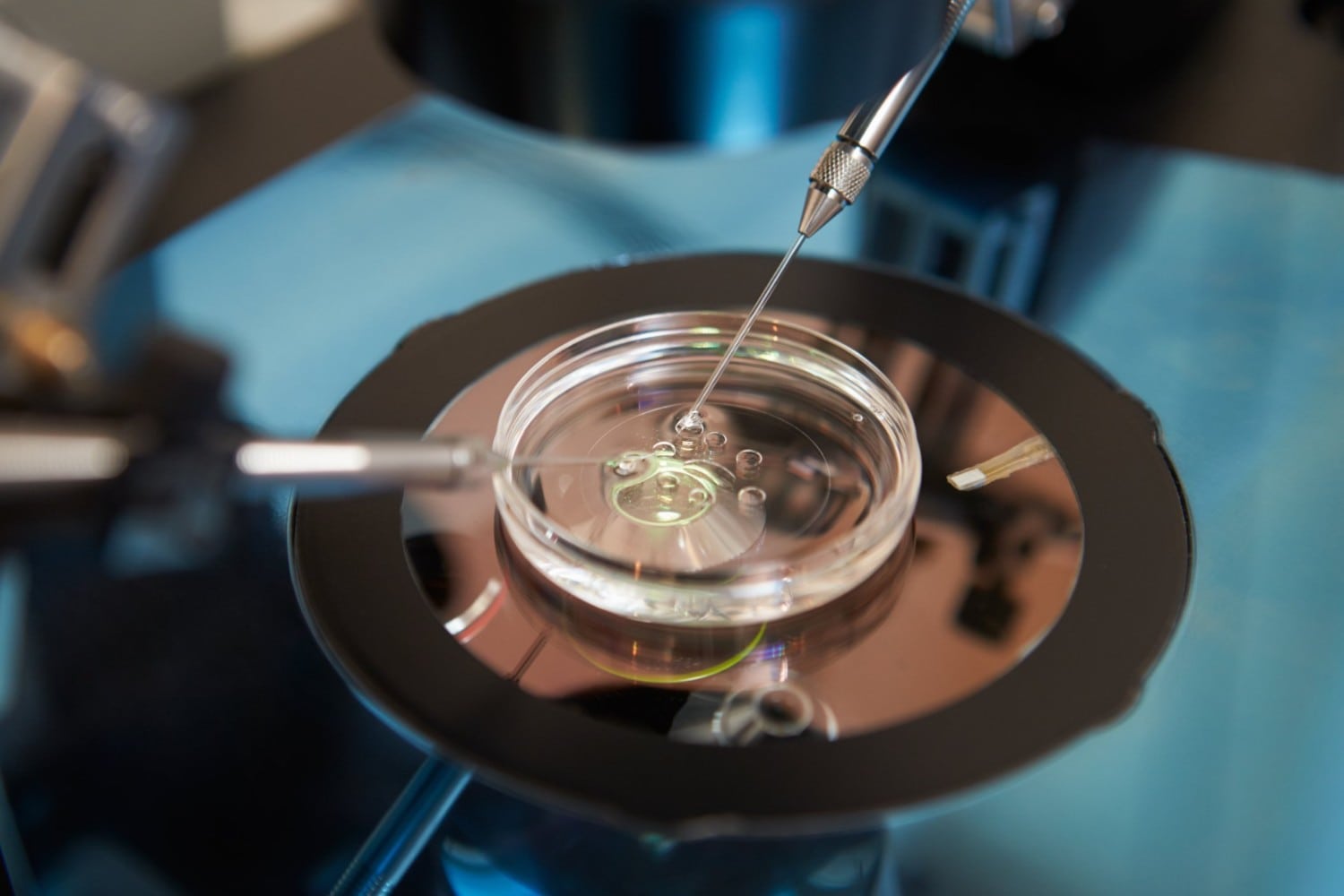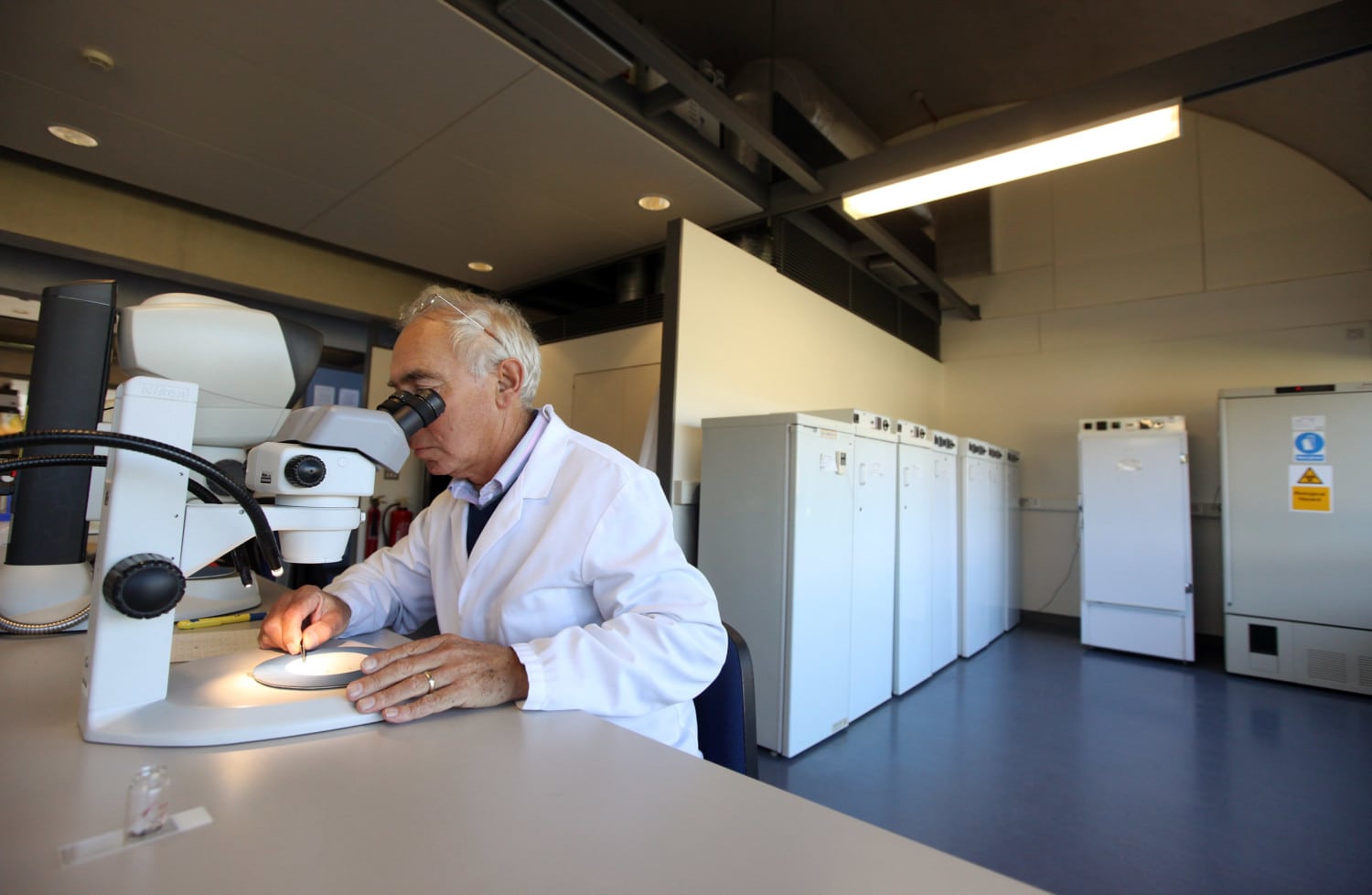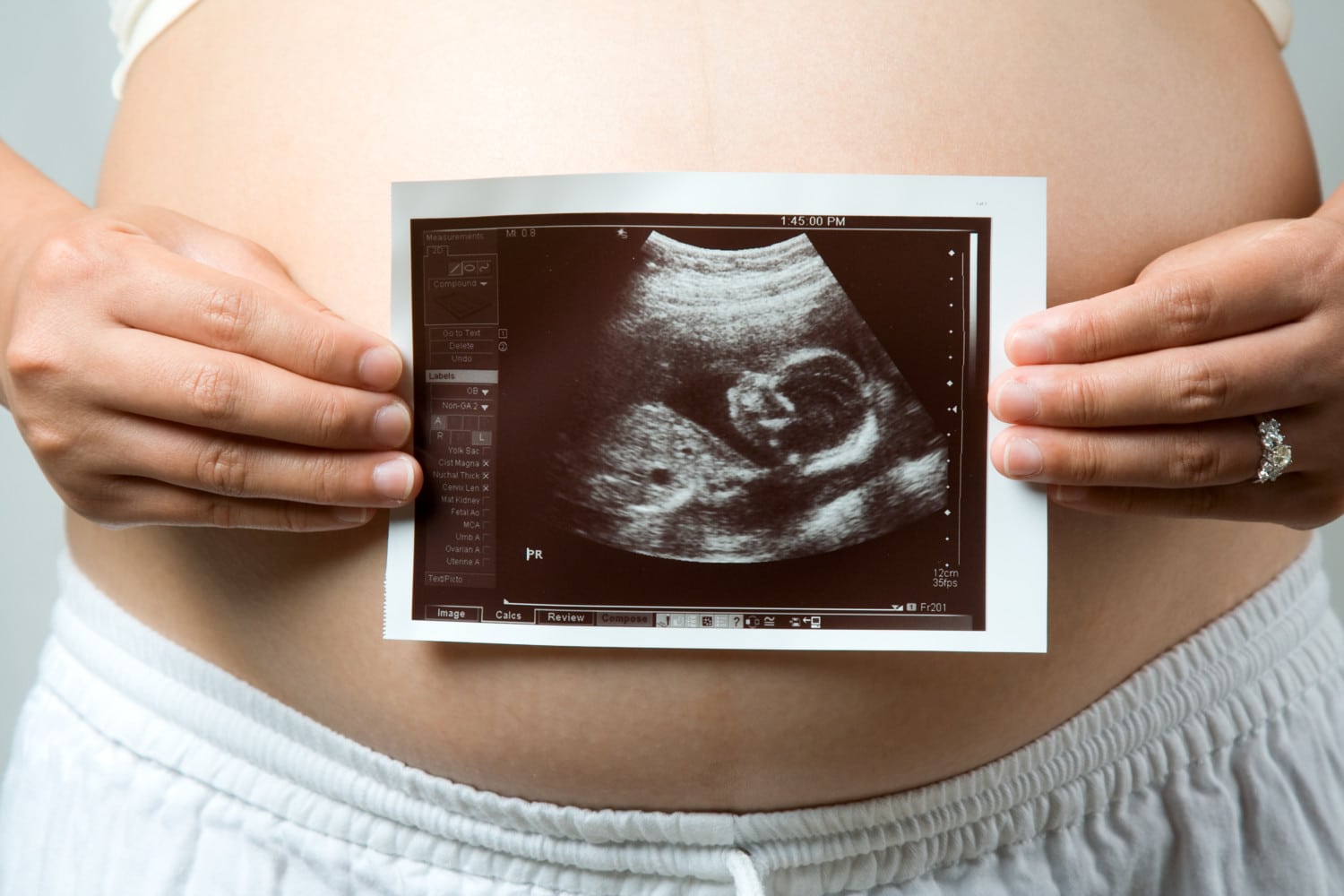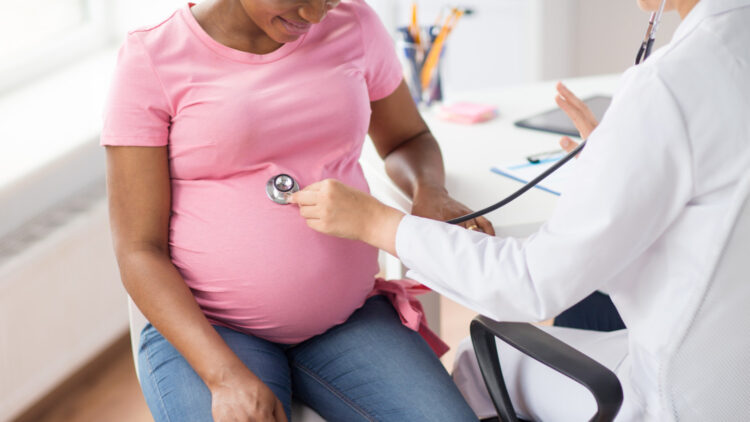At least 8 million IVF babies have been born in the last 40 years
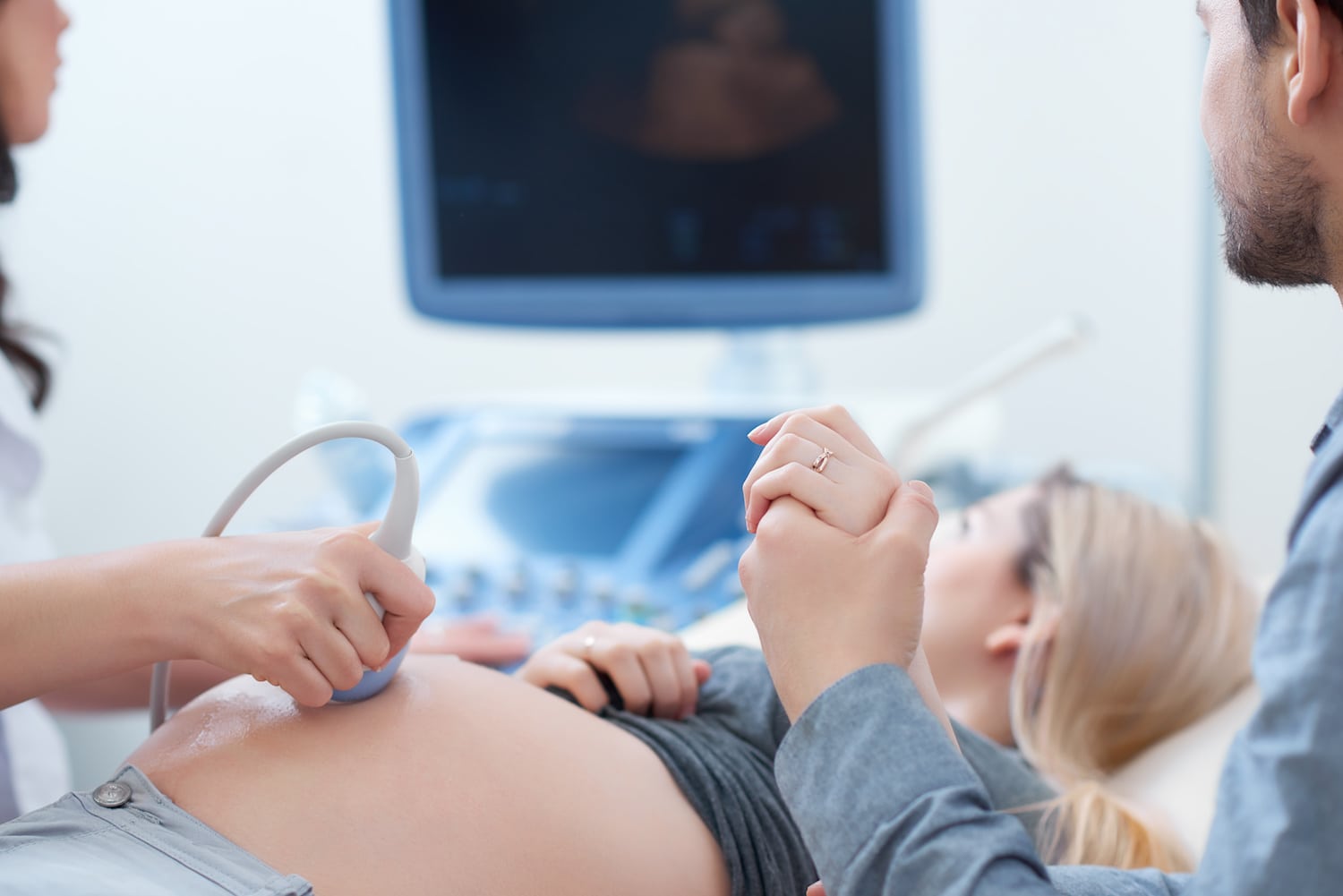
The world’s first in-vitro fertilization baby was born in 1978 in the UK. Since then, 8 million babies have been born worldwide as a result of IVF and other advanced fertility treatments, an international committee estimates.
In-vitro fertilization involves removing eggs from a woman’s ovaries and mixing them with sperm outside the body, typically in a Petri dish; “in vitro” is Latin for “in glass.” Fertilized by this process, the eggs become embryos that can be placed in a woman’s uterus, where they can develop into a fetus and eventually a baby.
While IVF births have increased over the past four decades, rates of twins and multiple births have declined, according to the report from the International Committee Monitoring Assisted Reproductive Technologies, a nonprofit that disseminates global information on assisted reproductive technologies.
The committee presented its results July 3 at the 34th annual Meeting of the European Society of Human Reproduction and Embryology in Barcelona, Spain.
Conception Through Science
The society was founded in 1985 by Robert Edwards, a Cambridge reproductive biologist who helped lead the first in-vitro conception with gynecologist Dr. Patrick Steptoe.
The historic birth of Louise Brown, known at the time as a “test tube baby,” 40 years ago at Oldham General Hospital was the first to result from IVF.
“I don’t think my mother, Lesley Brown, could ever have imagined how big IVF would become and how many babies would be born,” Brown said of the 8 million who followed her.
The presentation estimates that more than a half a million babies are now born each year from IVF and intracytoplasmic sperm injection, from more than 2 million treatment cycles performed.
Intracytoplasmic sperm injection, in which conception also takes place outside the body, involves a single sperm being injected directly into an egg as opposed to being allowed to naturally fertilize an egg in a Petri dish. It was developed in the early 1990s as a treatment for male infertility, though it is now used more generally.
European fertility clinics favor sperm injection over traditional IVF by nearly two-to-one, a pattern found throughout the world, according to the report.
The presentation is based on global data collected from regional registries by the International Committee Monitoring Assisted Reproductive Technologies.
The European Society of Human Reproduction and Embryology also collected national registry data of assisted reproductive technology cycles — a single attempt at accomplishing conception — performed in Europe from 1997 through 2015. It found that Spain leads the continent in assisted reproduction, with a record 119,875 treatment cycles; followed by Russia (110,723 cycles); Germany (96,512); and former front-runner France (93,918). The UK usually performs about 60,000 treatments a year.
By comparison, the US Centers for Disease Control and Prevention reports 263,577 total assisted reproductive technology cycles performed at 463 fertility clinics during a single year (2016), which resulted in 76,930 live-born infants.
Cycles monitored by the European Society of Human Reproduction and Embryology include treatments with IVF and intracytoplasmic sperm injection as well as egg donation, which involves using an egg that was not removed from the woman implanted with the resulting embryo.
In European nations, the rate of successful pregnancy per embryo transfer is about 36 percent for both IVF and intracytoplasmic sperm injection, according to the report. The rate of single embryo transfers also continues to rise in Europe — from 11 percent in 1997 to 38 percent in 2015 — while the rate of multiple births has declined to 14 percent as of 2015, according to the report.
“The number of [assisted reproductive technology] cycles continues to increase, but utilization is still very influenced by affordable access … which is related to insurance or public funding,” the report abstract stated.
Egg donation treatments and freezing eggs have become more widespread and embryo freezing more successful with the introduction of vitrification, a more efficient and safe fast-freezing technology, according to the report. Pregnancy rates from egg donation are now at about 50 percent, the researchers noted.
Though there is some unmet need in Europe, overall, the total number of cycles performed across the continent is increasing by about 7 percent per year, the report indicated.
Major Improvements
Dr. Gillian Lockwood, a consultant in reproductive medicine at IVI Midland, a fertility treatment center in the UK, said the report is a “real good-news story.”
However, Lockwood, who was not involved in the study, believes that 8 million is “quite a conservative estimate.”
“We know there’s a huge amount of IVF going on in China and India, which isn’t necessarily reported or recorded,” she said.
The good news includes a continued rise in the rate of successful pregnancy for each IVF attempt, she said: “When I started in IVF in 1990, we thought a 15 percent pregnant rate was quite good. Now, most competent clinics are looking at at least 40 percent for good prognosis patients.” Also, she noted, the multiple pregnancy rate is coming down and is now at 14 percent, with a goal of “less than 10 percent.”
Another point made by the European Society of Human Reproduction and Embryology presentation was “what a huge unmet need there is for fertility treatments,” she said. She noted the report’s finding that only one in every three couples who tries fertility treatments ends up with a baby. The reason for this is “limited cycles” of treatment, Lockwood said.
“After six funded cycles, 70 percent of couples will have a baby. The UK, despite having invented IVF 40 years ago, has one of the lowest rates of fertility interventions.”
The one woman whose very existence is central to any discussion of reproductive technology remains both humble and hopeful.
Despite the acclaim of her birth, “we are just normal people, and I lead a normal life,” Brown said of herself and her mother. “There are so many people working in the IVF industry, and they do a fantastic job bringing hope and joy to people and creating families.”
Written by Susan Scutti for CNN.
The-CNN-Wire
™ & © 2018 Cable News Network, Inc., a Time Warner Company. All rights reserved.


